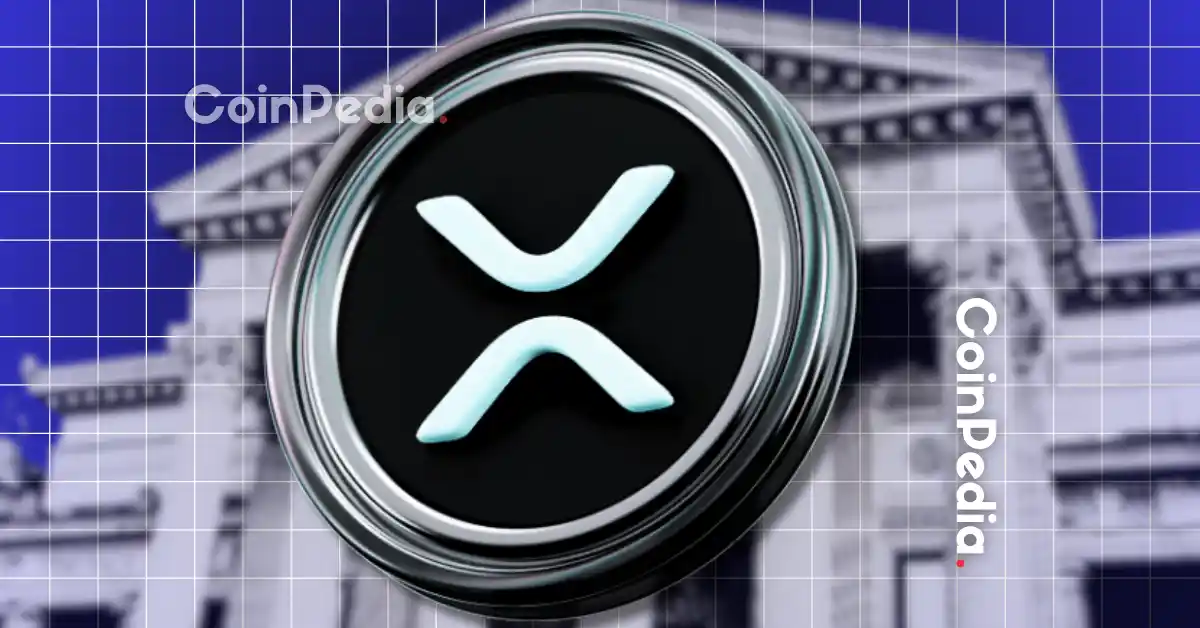The relationship between American Express (Amex) and Ripple represents a compelling intersection of traditional finance and blockchain technology. As a global leader in credit card services, Amex has long been recognized for its innovation in payment solutions. Meanwhile, Ripple has emerged as a key player in the blockchain space, offering solutions for cross-border payments and liquidity management. The collaboration between these two entities, though still evolving, has sparked significant interest and speculation within the financial and cryptocurrency communities.
At the heart of the Amex-Ripple relationship is RippleNet, Ripple’s network of financial institutions that leverage its technology for cross-border transactions. Amex has publicly confirmed its use of RippleNet to enhance its FX International Payments (FXIP) platform, which serves business customers facilitating international transactions. By integrating RippleNet, Amex aims to provide faster, more reliable, and transparent payment solutions. The benefits of this integration are multifaceted, including near real-time settlement, end-to-end transaction visibility, reduced intermediaries, and enhanced security. Initially, Amex’s adoption of RippleNet focused on specific geographic corridors, such as the US-UK route, allowing for a controlled and optimized implementation.
While Amex’s use of RippleNet is well-documented, the potential involvement of XRP, Ripple’s native cryptocurrency, remains a subject of speculation. It is essential to distinguish between RippleNet, the payment network, and XRP, the digital asset. RippleNet provides the infrastructure for efficient cross-border payments, while XRP is designed to facilitate liquidity and reduce transaction costs by acting as a bridge currency. Despite the potential advantages of using XRP, Amex has not officially confirmed its adoption. The lack of official confirmation has fueled rumors and speculation within the cryptocurrency community, often based on circumstantial evidence such as infrastructure updates or payment system enhancements.
The speculation surrounding Amex’s potential use of XRP must be approached with a critical perspective. Several factors contribute to the uncertainty, including regulatory ambiguity, price volatility, and the relative technological maturity of blockchain solutions. The regulatory landscape for cryptocurrencies remains unclear in many jurisdictions, which can deter large financial institutions from fully embracing digital assets. Additionally, the price volatility of XRP and other cryptocurrencies poses risks for businesses that rely on stable exchange rates for cross-border transactions. While Ripple’s technology has made significant advancements, it is still relatively new compared to traditional payment systems, prompting Amex to adopt a cautious approach.
Looking ahead, the future of the Amex-Ripple relationship holds potential for further integration, possibly involving XRP. Several factors could influence this evolution, including regulatory clarity, technological advancements, competitive pressure, and strategic partnerships. If regulators provide clearer guidelines for the use of cryptocurrencies in financial transactions, Amex may be more inclined to explore the potential of XRP. Technological advancements, such as increased scalability and reduced transaction costs, could also make XRP more attractive. Competitive pressure from other financial institutions adopting XRP may compel Amex to follow suit to maintain its competitive edge. Strategic partnerships between Ripple and other financial institutions could pave the way for broader adoption of XRP, including by Amex.
Speculative scenarios for future integration include the potential launch of crypto-spendable cards, the incorporation of XRP into Amex’s loyalty programs, and the expansion of RippleNet for B2B payments. While these possibilities remain unconfirmed, they highlight the potential for innovation in the payment industry. However, it is important to recognize that Ripple operates in a competitive landscape, with other blockchain-based solutions and traditional financial networks vying for dominance in cross-border payments. SWIFT, the established global messaging network, remains a major player, while platforms like Hyperledger, JP Morgan, and R3 Corda are developing permissioned blockchains that offer similar functionalities to RippleNet.
In conclusion, the relationship between American Express and Ripple exemplifies the evolving landscape of traditional finance and blockchain technology. While Amex has confirmed its use of RippleNet for cross-border payments, the adoption of XRP remains speculative. As the regulatory environment evolves and Ripple’s technology matures, the potential for further integration between Amex and Ripple is significant. Whether this integration will eventually involve XRP remains uncertain, but the current partnership demonstrates Amex’s commitment to exploring innovative technologies to enhance its services. The ongoing collaboration between these two industry leaders will continue to be a captivating story to watch, reflecting the broader trends in the fintech industry.

